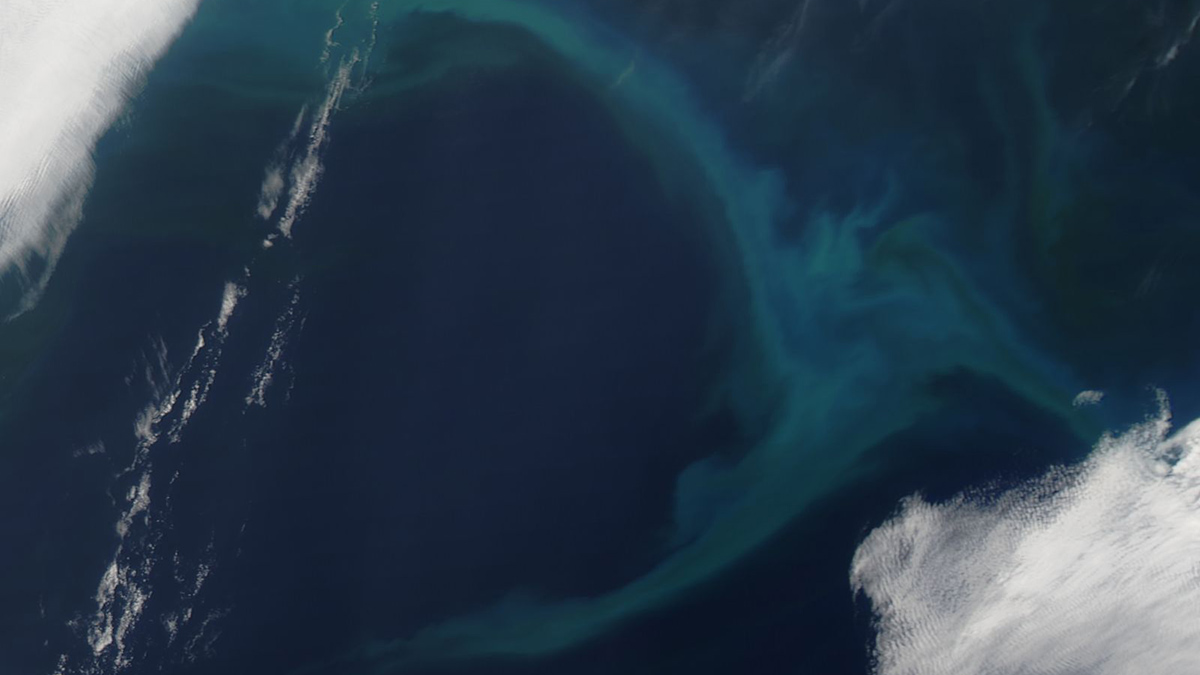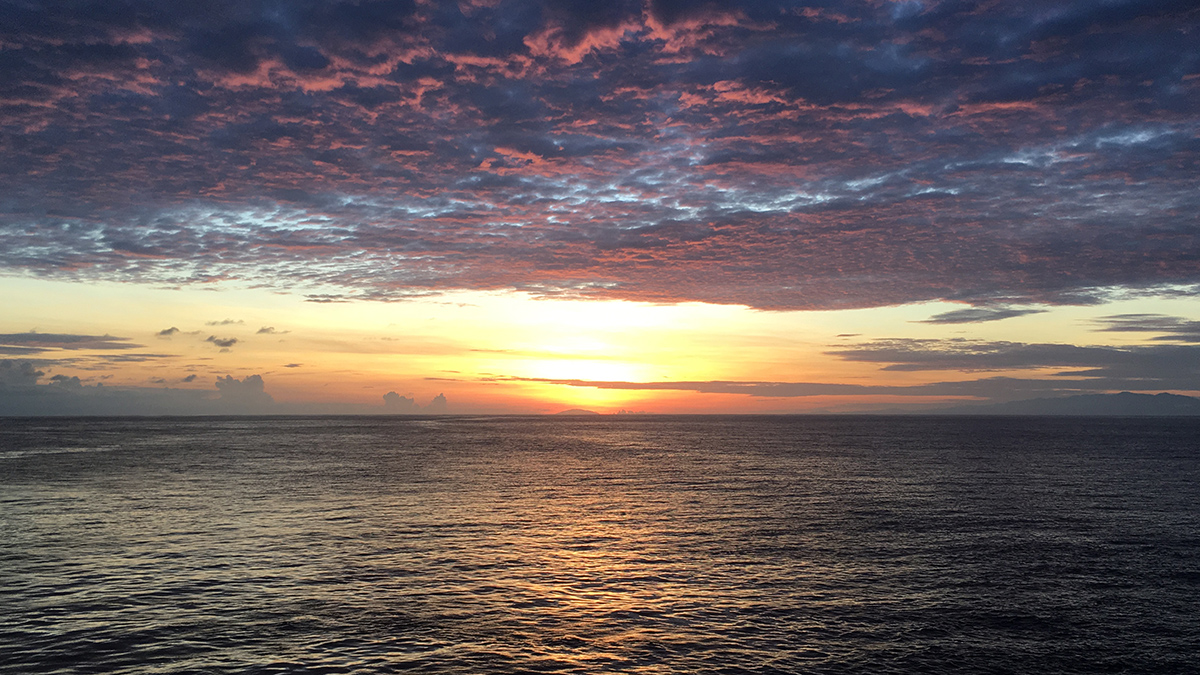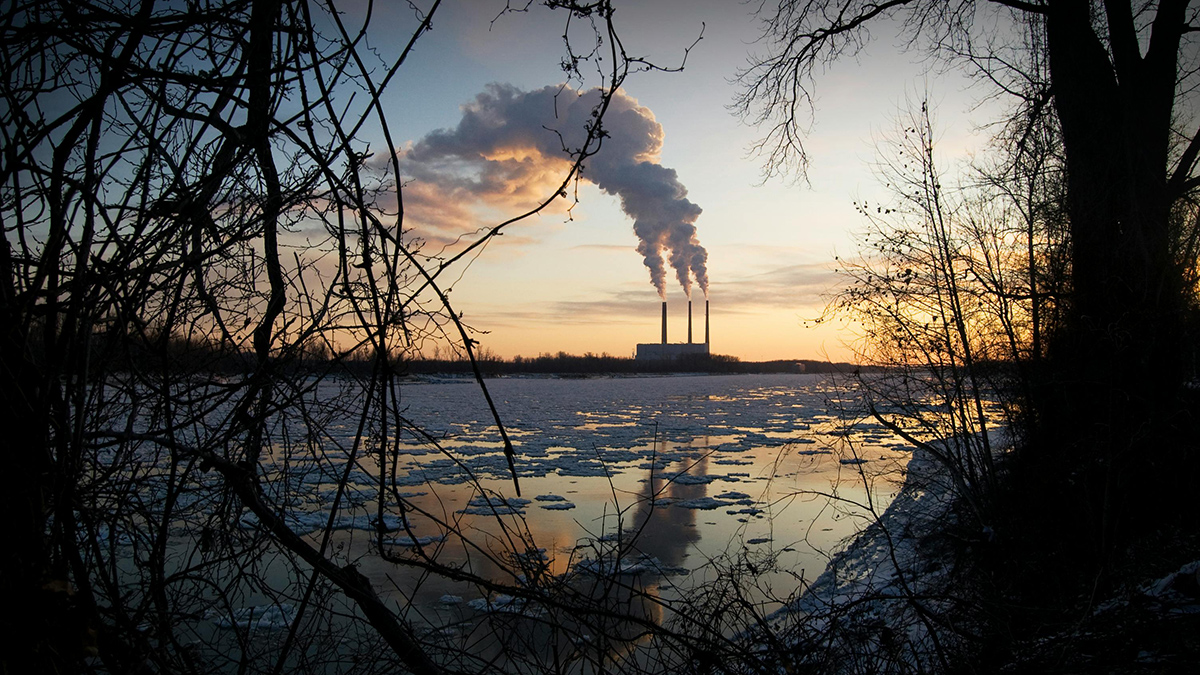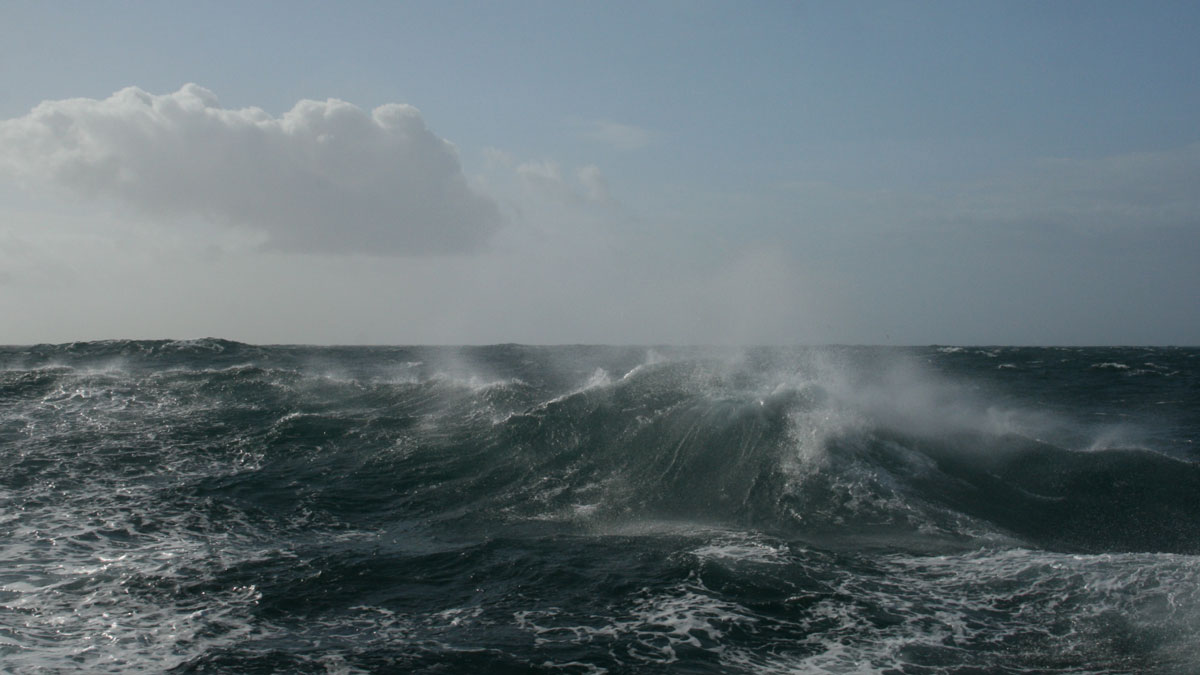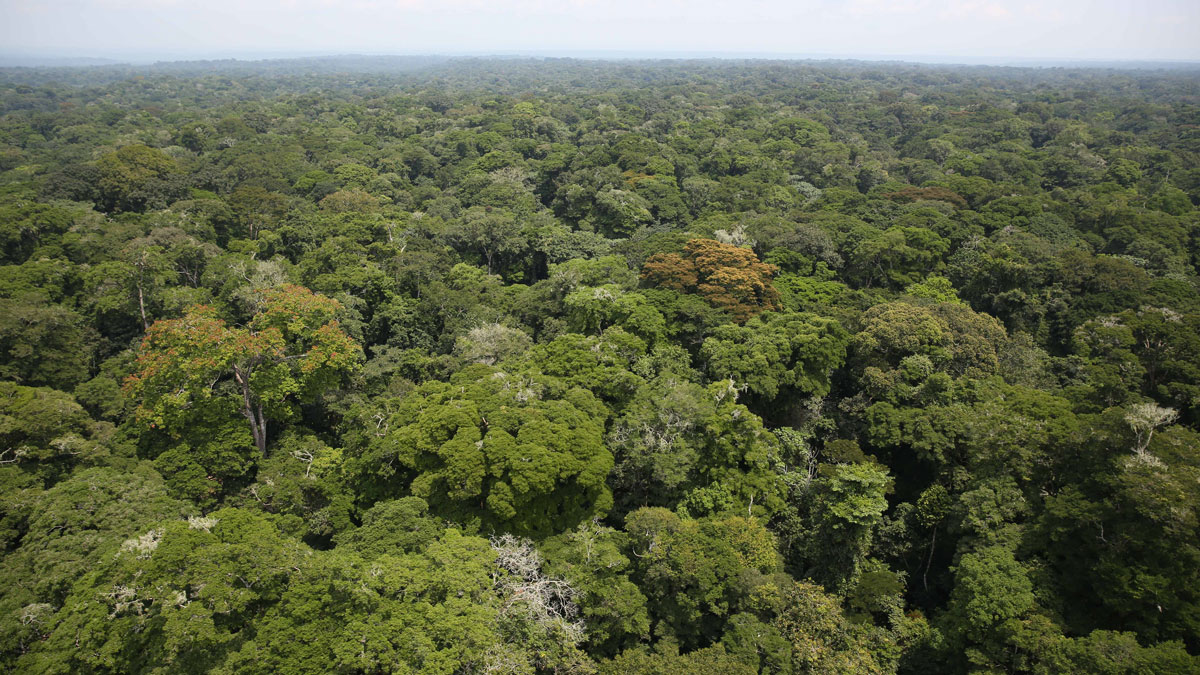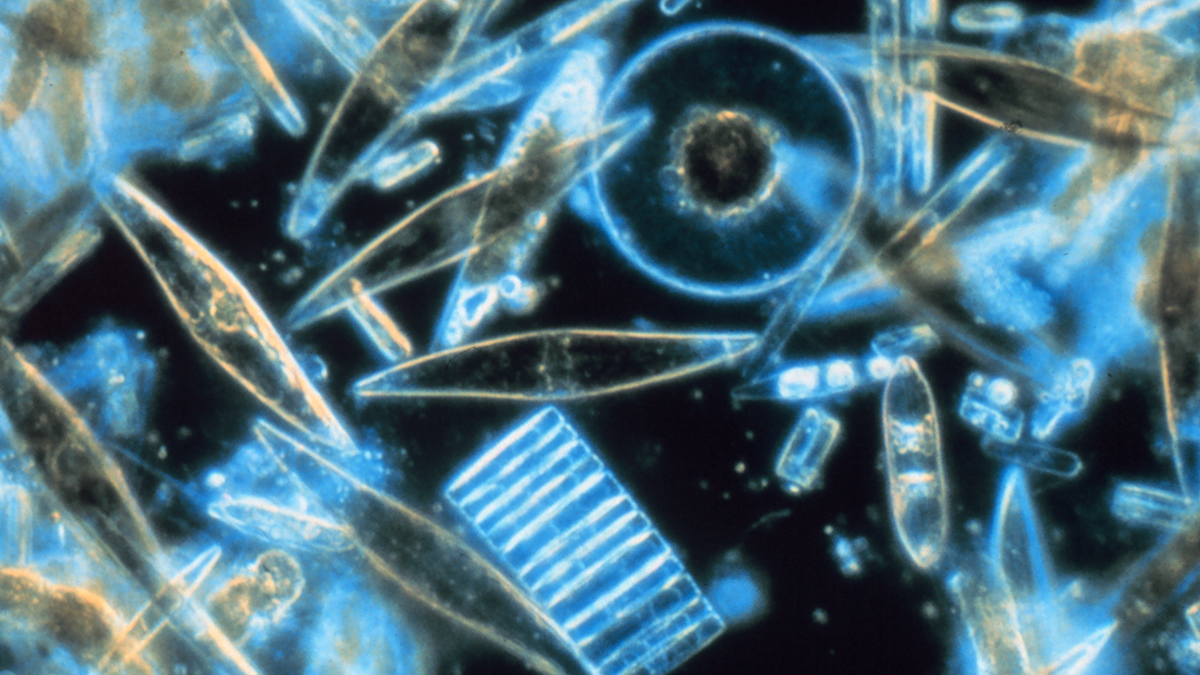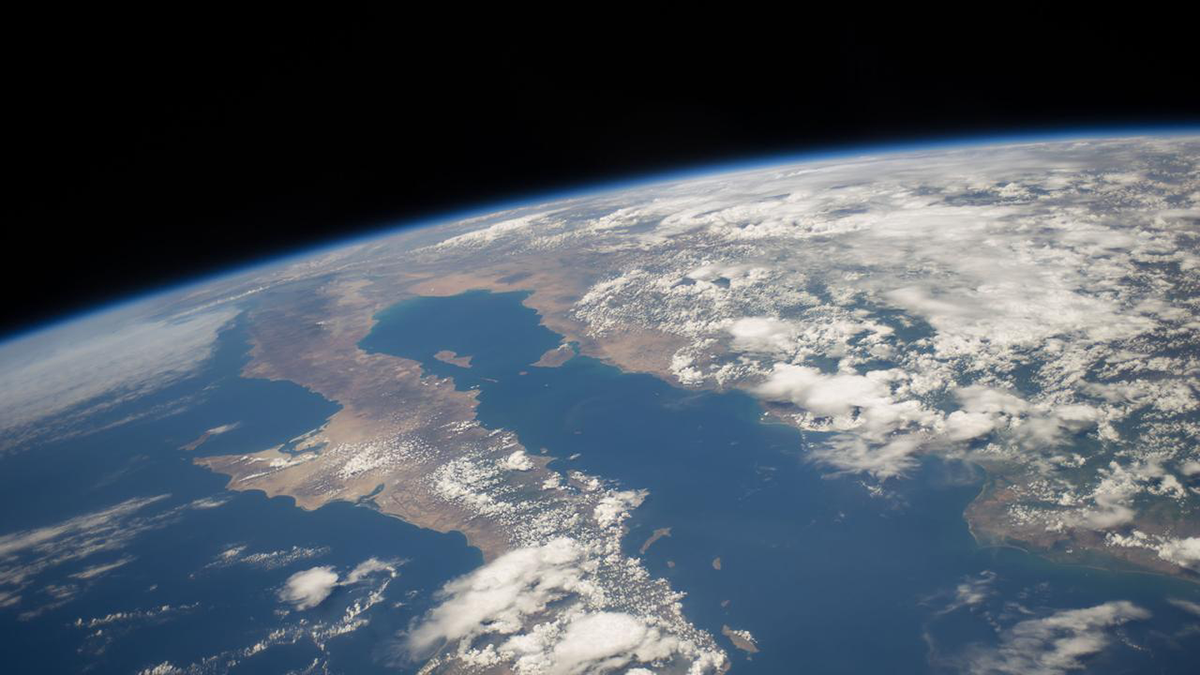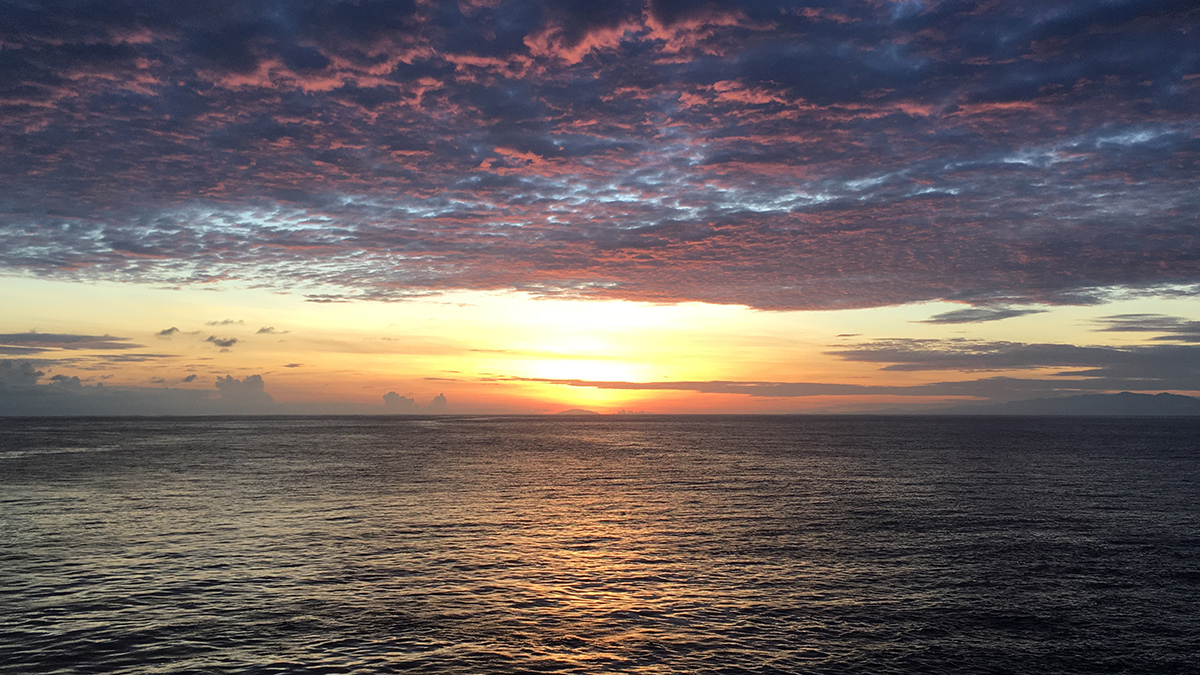Seasonal rainfall and runoff of sediments from the Hawaiian Islands could be responsible for the previously undetected peak.
carbon cycle
A Better Way to Monitor Greenhouse Gases
A unified, global observing system could more effectively monitor progress in reducing emissions and accelerate climate action through improved data and decision support.
The Southern Ocean May Be Building Up a Massive Burp
Modeled results suggest that if anthropogenic emissions decrease and the atmosphere cools, heat stored in the Southern Ocean could be released abruptly in a few hundred years, kicking off a temporary warming period.
Old Forests in the Tropics Are Getting Younger and Losing Carbon
New research quantifying the global impact of forest age transitions found that 140 million tons of aboveground carbon are lost per year because of old-growth forests being replaced by younger stands.
Rising CO2 and Climate Change Reorganize Global Terrestrial Carbon Cycling
Rising CO2 and climate change are redistributing terrestrial carbon fluxes and reservoirs across latitudes and reducing carbon residence times globally.
Paleoclimate Patterns Offer Hints About Future Warming
A new study examines 10 million years of sea surface temperature data to offer predictions about how future warming may unfold.
Mysteriously Bright Waters near Antarctica Explained
Shiny-shelled diatoms make a remote part of the Southern Ocean appear especially reflective in satellite imagery.
When Rain Falls in Africa, Grassland Carbon Uptake Rises
Satellite data suggest an explanation for the continent’s high year-to-year variability in carbon uptake.

